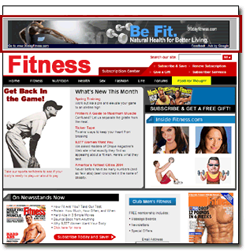Now that you've organized your campaign and decided on your campaign settings, let's focus on setting up your ad groups. As a general best practice, you'll want to create a separate ad group for each theme or product that you offer.
Each ad group contains a set of keywords, ads, and bids that you manage. For your Display Network campaigns, your ad groups can include other targeting methods, like demographics or remarketing lists.
Now, let's take a closer look at some of the main components of ad groups for campaigns that you'll run on the Search or Display Network.
Keywords
Building a good keyword list can help you show your ads to the customers you want. Below are some tips for creating your keyword list.
Choosing and organizing your keywords
Researching new keywords
Optimizing your keywords
Example
Antoine's started creating ad groups for Fiona's Search campaign, first building a keyword list based on what he knows about her business, target audience, and the children's furniture industry. Here are the ad groups and keywords Antoine sets up for Fiona:
Antoine chooses keywords based on terms that people might use to search for children's furniture. To start, Antoine uses keywords that are more specific and relate to the ads that he plans to create for the campaign. Antoine also uses broad match keywords — the default keyword matching option — and plans to use other keyword matching options once he gets more campaign performance data.
Ads
The text ads that appear alongside Google search results are just one of several ad formats you can create. Other ads format that you can use to promote your products or services include video ads, image ads, app or digital content ads, and more.
Depending on the type of campaign you create, different types of ads formats and ad extensions will be available for you to use.
Keep in mind that all ads go through an approval process — we want ads to be useful, varied, relevant and safe for users when serving them across the Google Network. We review your active and paused ads, keywords, and website according to our advertising policies.
Types of ad formats
Types of ad extensions
Creating effective ads
As you can see, your ads are the face of your products and services. Ads that are more relevant and engaging to your customers are likely to get more clicks.
Best practices for creating effective ads





No comments:
Post a Comment